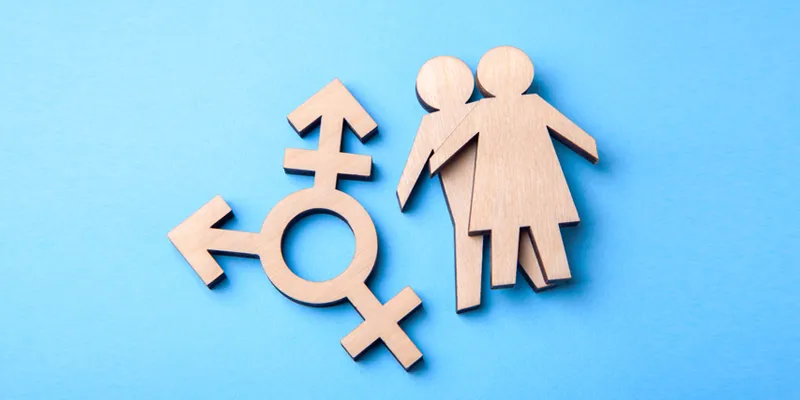[YS Learn] How workforce diversity impacts productivity
People from different backgrounds, gender, and races can alter the behaviour of a group, leading to improved and more accurate group thinking.
Workplace diversity is not just a buzzword anymore, it is a given. Research spanning across organisations and countries has proven that the more diverse a workforce, the higher the productivity. Simply put, a more diverse set of employees means a more diverse set of skills. Gender and ethnic diversity in employees, and at a leadership level, leads to more positive outcomes for companies.
A Harvard Business Review (HBR) research report by Stephen Turban, Dan Wu, and Letian (LT) Zhang, said, "In a study of 1,069 leading firms across 35 countries and 24 industries, we found that gender diversity relates to more productive companies, as measured by market value and revenue, only in contexts where gender diversity is viewed as “normatively” accepted. By normative acceptance, we mean a widespread cultural belief that gender diversity is important."

(Image: Shutterstock)
The bottom-line impact
The impact of diversity on the bottom line was discovered in 2015 in a McKinsey report. In over 366 public companies, the ones in the top quartile for ethnic and racial diversity in management were said to be 35 percent more likely to have financial returns above their industry mean, and those in the top quartile for gender diversity were 15% more likely to have returns above the industry mean.
Why this happens is primarily because people from different backgrounds, gender, and races can alter the behaviour of a group, leading to improved and more accurate group thinking. Backing this is a study in the Journal of Personality and Social Psychology, where close to 200 people were assigned to six-person mock jury panels. These members were all of one ethnicity or that of a mixed one.
The study found that the diverse panels raised more facts related to the case than homogenous panels, and made lesser factual errors while discussing the evidence. And in case of errors, these were corrected during deliberation.
It, therefore, is no surprise that diverse teams are more likely to relook at facts and remain as objective as possible. The report added that this also encourages stronger scrutiny of each member’s actions, and keeps the joint cognitive resources sharper.
Reduced bias
“By breaking up workplace homogeneity, you can allow your employees to become more aware of their own potential biases or entrenched ways of thinking that can otherwise blind them to key information and even lead them to make errors in decision-making processes
“Significant research has shown that diverse teams can develop more innovative ideas. When people from different contexts work together, their unique perspectives often lead to greater creativity.”
An HBR research report by Hewlett, Marshall, and Sherbin, pointed out that leaders with diverse backgrounds and experience helped companies innovate more. Diverse leaders were more likely to create an environment where new, creative ideas were considered. And diverse teams, they found, were more likely to have some common experiences with their end user. With this advantage, teams created better products.
The HBR report also explained that gender diversity can signal to investors that a firm is well run. A sociological research said investors tend to value firms that follow commonly accepted norms of best practices like diversity in hiring.
“If an investor was in a context that accepted gender diversity, they were more likely to value those diverse companies highly. In fact, prior research has even shown a jump in stock prices after firms win an award related to diversity initiatives,” it said.
Edited by Anju Narayanan


![[YS Learn] How workforce diversity impacts productivity](https://images.yourstory.com/cs/1/f1a26700c18a11e8af1c974e95f3b2db/diversityinclusion-1602842897920.jpg?mode=crop&crop=faces&ar=16%3A9&format=auto&w=1920&q=75)
![[YS Learn] The startup ecosystem is gung-ho about audio social media](https://images.yourstory.com/cs/2/a9efa9c02dd911e9adc52d913c55075e/ChangingFaceofSocialMedia-02-1611079048255.png?fm=png&auto=format&h=100&w=100&crop=entropy&fit=crop)
![[YS Learn] How Zerodha, ERPNext collaborated to build FOSS United Foundation to push for open-source projects](https://images.yourstory.com/cs/2/a0bad530ce5d11e9a3fb4360e4b9139b/Imageky39-1610547164511.jpg?fm=png&auto=format&h=100&w=100&crop=entropy&fit=crop)




